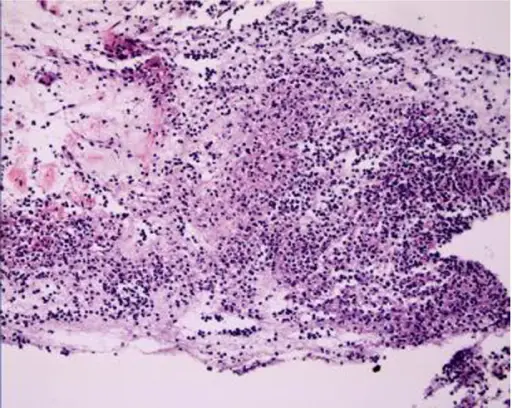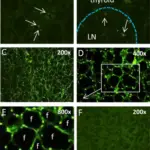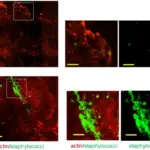Nocardia bacterial infection is a disease caused by bacteria found in soil and water.
What is the Pathology of Nocardia Bacterial Infection?
The pathology of nocardia bacterial infection is:
-Etiology: The cause of nocardia bacterial infection is bacteria.
-Genes involved: Not applicable.
-Pathogenesis: The sequence of events that lead to nocardia bacterial infection involves virulence factors which include filamentous growth, mycolic acid, catalases and superoxide dismutases
-Morphology: The morphology associated with nocardia bacterial infection shows gram positive, catalase positive bacilli with thin filamentous branching, often with a beaded appearance
-Histology: The histology associated with nocardia bacterial infection shows pyogranulomatous inflammation and fibrosis and may contain tissue granules of variable diameter.
How does Nocardia Bacterial Infection Present?
Patients with nocardia bacterial infection typically are all genders of all ages. The symptoms, features, and clinical findings associated with nocardia bacterial infection include bloody sputum, sweats, chills, weakness, lack of appetite, weight loss, chest pain, cough, and labored breathing.
How is Nocardia Bacterial Infection Diagnosed?
Nocardia bacterial infection is diagnosed by biopsy.
How is Nocardia Bacterial Infection Treated?
Nocardia bacterial infection is treated by antibiotics.
What is the Prognosis of Nocardia Bacterial Infection?
The prognosis of nocardia bacterial infection is fair.



